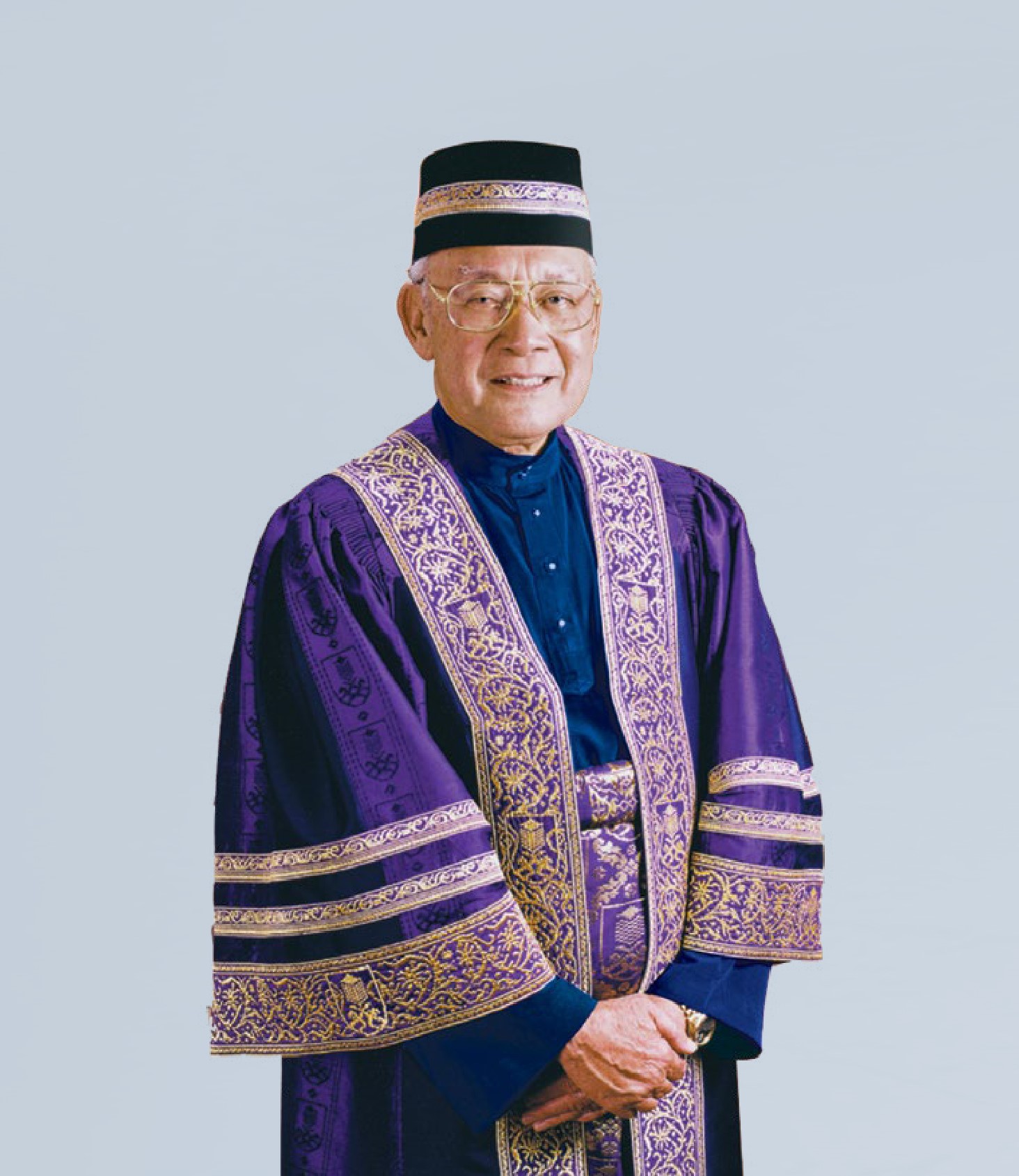In reference to: https://www.nst.com.my/opinion/letters/2020/11/641199/arshad-ayub-impossible-possible
By Elyana Sofia Faisal
Shad Saleem Faruqi has written a biographical feature story on an important figure, a pioneer Director of Maktab MARA, now Universiti Teknologi MARA, Tun Datuk Seri Utama Haji Arshad Ayub by describing him as œthe greatest educational innovator and administrator the country has known.
The piece of writing is considered as a good feature article because it includes all the important elements a human interest story should have.
The article starts with a brief background of Tun Datuk Seri Utama Haji Arshad Ayub for readers to get an introduction of the persona. It also incorporates a good lead story by informing the reader about the significance of the article which is to honour Tun Arsyad Ayub’s achievements as the first Director of Institut Teknologi MARA (ITM). The article was published on the day of Tun Arshad Ayubs 92nd birthday that appealed more to the readers.
Moreover, the feature story has a sentimental value that makes the reader interested to know more about the figure. For instance, he provided Tun Ashad Ayubs personal life that is unknown to the public
The news read:
œHe was a rubber tappers son who, with determination and discipline, overcame his initial environment handicap to obtain formal education at Serdang, Aberystwyth (United Kingdom) and Lausanne (Switzerland). He then spent much of his life helping other disadvantaged kids to use education as the ladder for upward mobility.
In my opinion, when Shad includes the sentimental element of Tun Arshads life, it provides a human interest story that can easily touch the heart of his readers. In this excerpt, the writer emphasised the noble qualities of Tun Arsyad Ayub that could inspire other people.
He writes: œArshad devised many specially tailored, remedial, pre-university programmes to upgrade students who would not otherwise qualify for professional courses.
By mentioning the exceptional achievements of Tun Arshad Ayub in helping students at ITM, it elevates readers’ interest to read more on the article.
The writer writes:
œHe established multi-tiered programmes from certificate level to advanced diplomas. Students who successfully navigated one level became eligible for upward mobility into the next tier.
Apart from that, the writer’s usage of metaphors such as œadding glitter to gold” and œfashioning ordinary clay into the works of art attracted readers to understand the context of the story.
Furthermore, the article is loaded with facts such as the year 1965 where Tun Datuk Seri Utama Haji Arshad Ayub was appointed as the Director of Maktab MARA. The writer then elaborated that Maktab MARA later became known as Institut Teknologi MARA. By doing so, it provides a historical background of the institution that could help readers understand the framework.
What makes the article interesting was that Shad linked his title of œthe impossible to possible by providing a clear example of what Tun Arshad Ayub did that may seem impossible during his time.
The article read:
œHe set up branch campuses in the remotest parts of Perlis, Sabah and Sarawak. Instead of rural students coming to the city, the city was going to go to the rural hinterland to provide a catalyst for growth. In the ’70s Arshad introduced counselling and guidance services for students.
Apart from that, Shad used a quotation by Tun Datuk Seri Utama Haji Arshad Ayub that could inspire readers such as, œit is an attitude, not aptitude, that determines altitude. The rhyme of the quotation would have a reader glued to the article as it requires a second thought to the quotation to understand the context of what Tun Arshad Ayub meant in the article.
Overall, the article provides an insightful story of Tun Arshad Ayub’s contributions not just to ITM but to Malaysia as a whole, which makes the article an interesting reading.***
